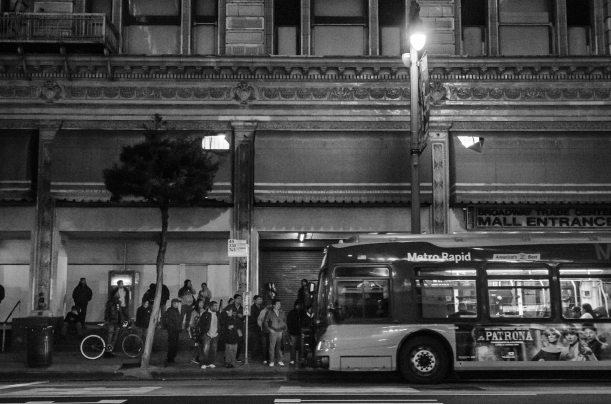Riding the bus is one of the best ways to understand race and class differentials in a given city or town. By watching who gets on which routes, at which places, and at what times of the day, you can begin to notice the demographic make-up of your city. This information tells you what sort of jobs people have (night-shifts, office jobs, etc.) as well as what neighborhoods they live and work in, and how segregated those areas are. But public transit doesn’t just demonstrate how our cities are divided by race and class, it can also create those divisions.
Two Examples
I know I mention these cities a fair amount on The City Space, but New York City and Washington DC offer excellent fodder for an examination of the relationship between public transit, race and class. While I’m not a transportation expert by any means, I feel comfortable speaking about public transit in these places because I’ve used it a lot, and the corresponding issues seem to come up frequently in discussions with friends. Stick with me on this example—it’ll make sense in the end.
Let’s start with New York City. Here, the subway costs $2.50 no matter where you’re going. $2.50 buys a trip from the Far Rockaways to the heart of Manhattan, lending a certain equality to the daily commute. $2.50 also buys a homeless person a warm place to sleep on a cold winter day. In New York, everyone from grandmas to babies in strollers, from politicians to actresses, takes the train. $2.50 is by no means a bargain, but it can take anyone almost anywhere in the city. Continue reading

